“Which side am I supposed to stand on—right or left?”
Whenever I travel from Osaka to Tokyo or from Tokyo to Osaka, the different rules for escalator etiquette in each city always confuse me.
Did you know that the position for standing on an escalator is different in Tokyo and Osaka?
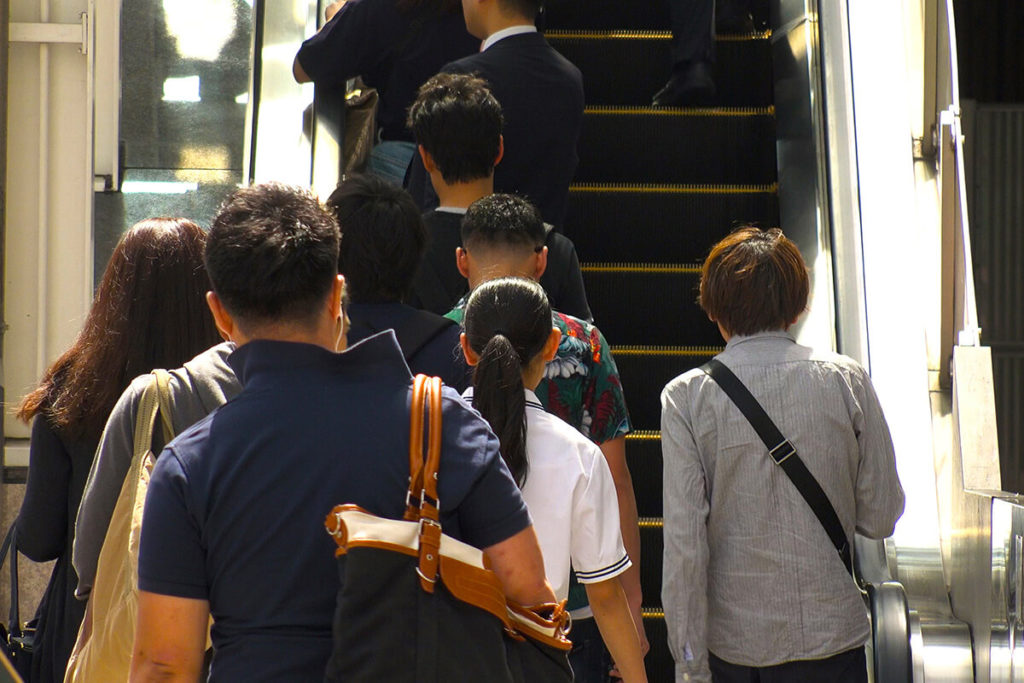
In the Tokyo area, it is customary to leave the right side of the escalator free for those in a hurry as a form of courtesy for others, as it is often done in the United States.
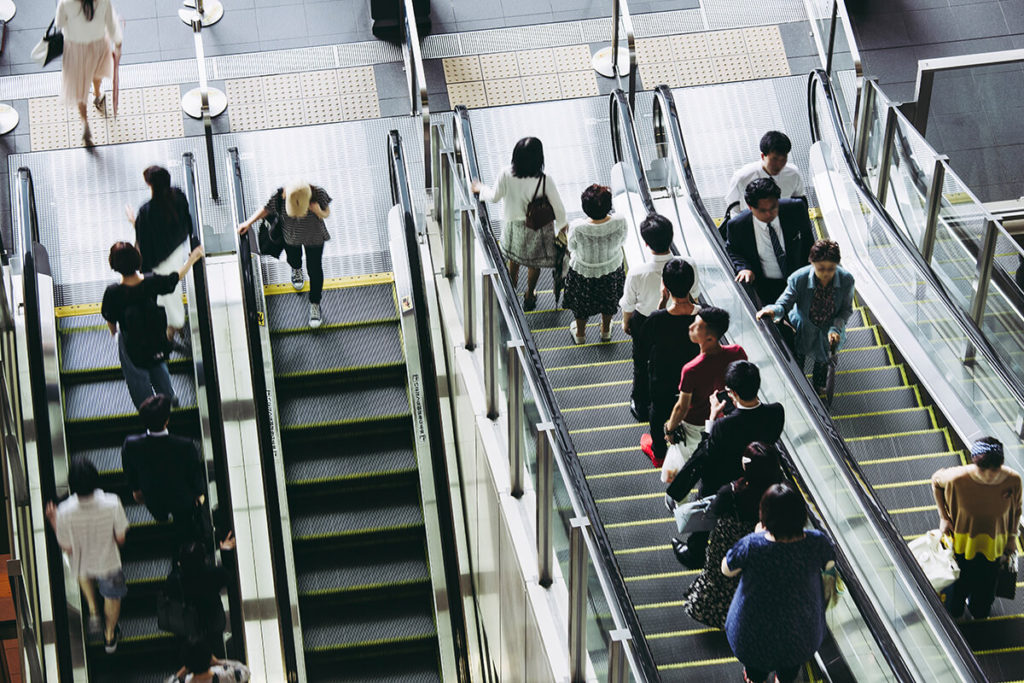
On the other hand, in the Kansai area, such as in Osaka, it is customary to keep the left side of the escalator clear for those in a hurry.
What is the reason behind the east-west difference in escalator etiquette?
The Emergence and Evolution of Escalators Due to the High-rise Building Boom
Let’s take a brief look back at the history of escalators.
Before the invention and spread of “escalators,” “elevators” were developed and began to spread in the mid-19th century. With the establishment of safety technology for elevators, tall buildings such as high-rise offices and department stores began to be built in major cities such as New York, London, and Paris. Eventually, a system that could transport “more people” inside buildings was sought after, leading to the development of the escalator.

The escalator became a hot topic when it was first installed in the Eiffel Tower, built for the 1900 Paris Exposition. At the Expo, an American inventor exhibited an “escalator” with a trademark and won first prize. It is said that this was the start of the popularization of escalators.
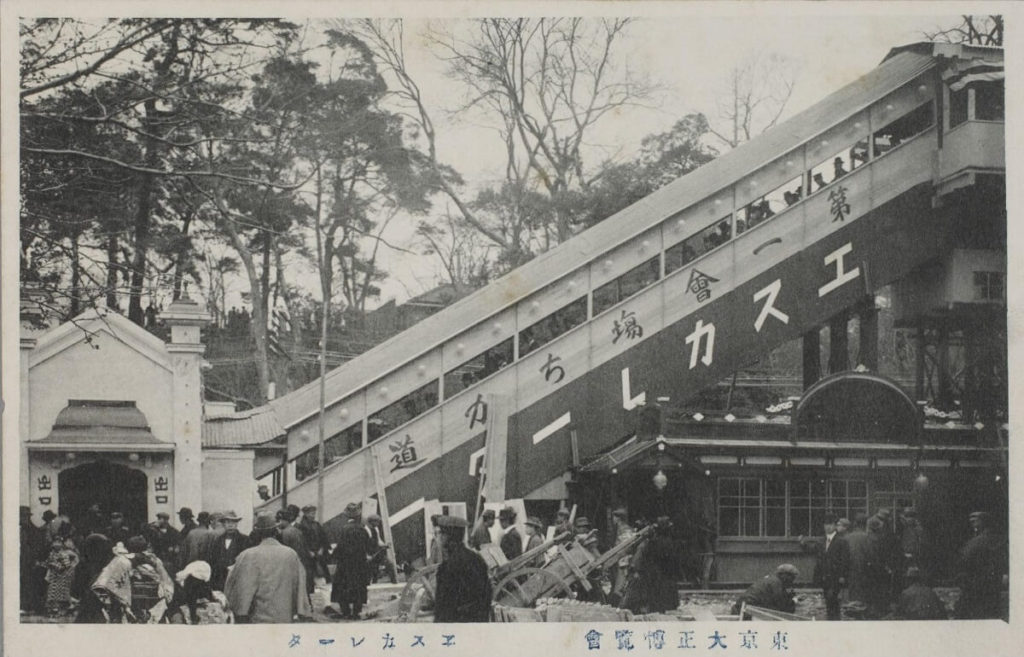
(From the Tokyo Metropolitan Library website)
In 1914, 14 years after the Paris Expo, the first escalator in Japan was installed in Tokyo at the Tokyo Taisho Exposition held in Ueno. The same year, an escalator was also installed at the Mitsukoshi kimono store(now Mitsukoshi Department Store) in Nihonbashi, Tokyo. It caused quite a stir when it debuted, but unfortunately, just nine years later, in 1923, it was destroyed by the Great Kanto Earthquake.
The Rise of New Norms in Escalator Riding Habits
It is said that the so-called “stand on the right” rule was first introduced at a London underground station around 1940 during the height of World War II, when transportation demand surged, and efficiency was prioritized above all else. As a result, a campaign was launched to encourage people to stand on the left side of the escalator.
The Escalator Etiquette Movement has occurred in Osaka since the late 1960’s
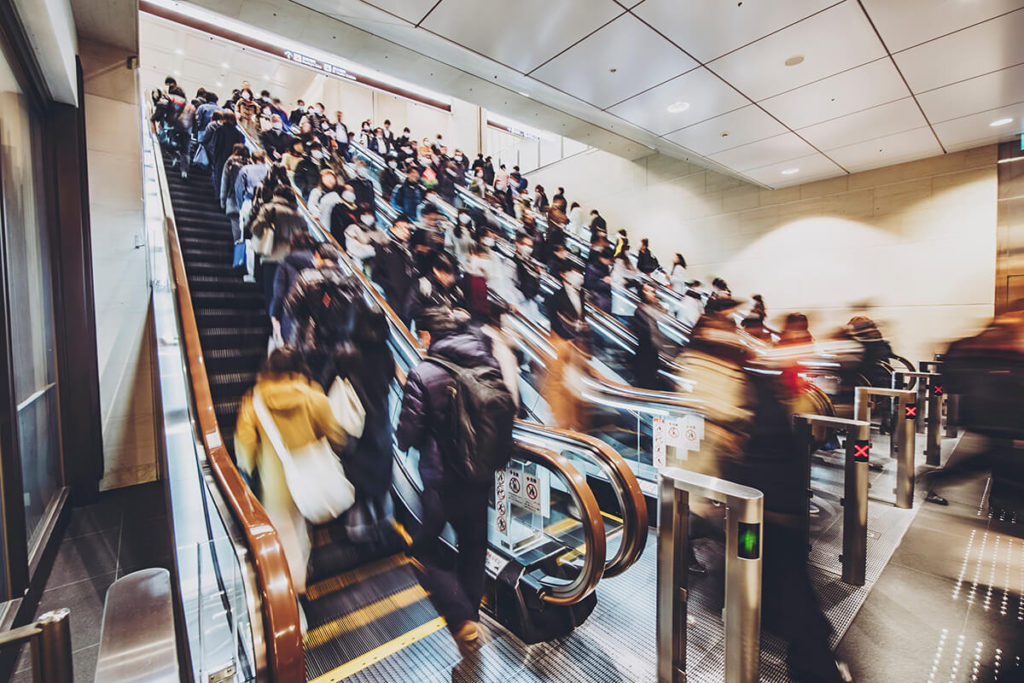
In Japan, during the late 1960s, which marked the arrival of the high economic growth period, announcements began to be made at the Hankyu Umeda Station in Osaka, urging people to “stand on the right for those in a hurry.” There were several reasons why Hankyu Railway started announcing “stand on the right.” One reason was that they took reference from the rule of the gentleman’s country, England. Another reason was that standing on the right made it easier for right-handed people to hold onto the handrails.

https://howtojapan.net/2022/07/27/expo-70-commemorative-park/
Afterward, in 1970, the Osaka World Expo was held, and with many foreigners visiting Japan, it is said that the European practice of standing on the right side and leaving the left side open on escalators was thoroughly adopted in Osaka. In the commuting areas surrounding Osaka, such as Hyogo and Nara, it is also common to stand on the right and walk on the left side of escalators, just like in Osaka.
How about Kyoto?
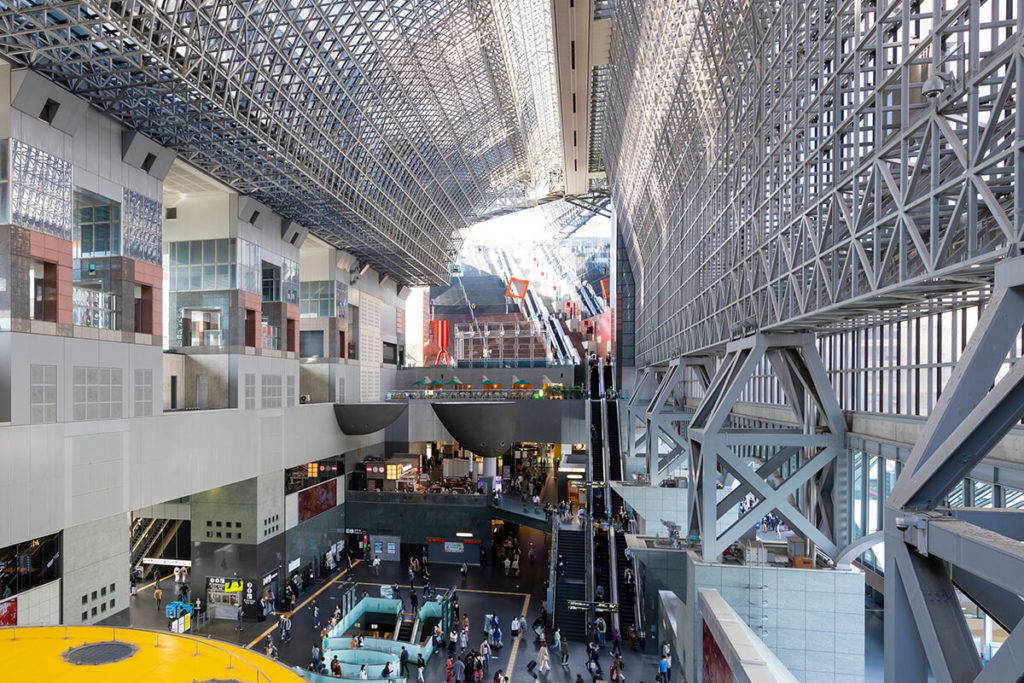
Interestingly, the neighboring city of Kyoto has a different approach. People there follow the “follow the person in front of you” rule, meaning they stand on the right side and walk on the left only if someone else does so. This is because Kyoto attracts many tourists from other regions who are not familiar with the “stand on the left” rule.
Natural Development of Escalator Etiquette in Tokyo
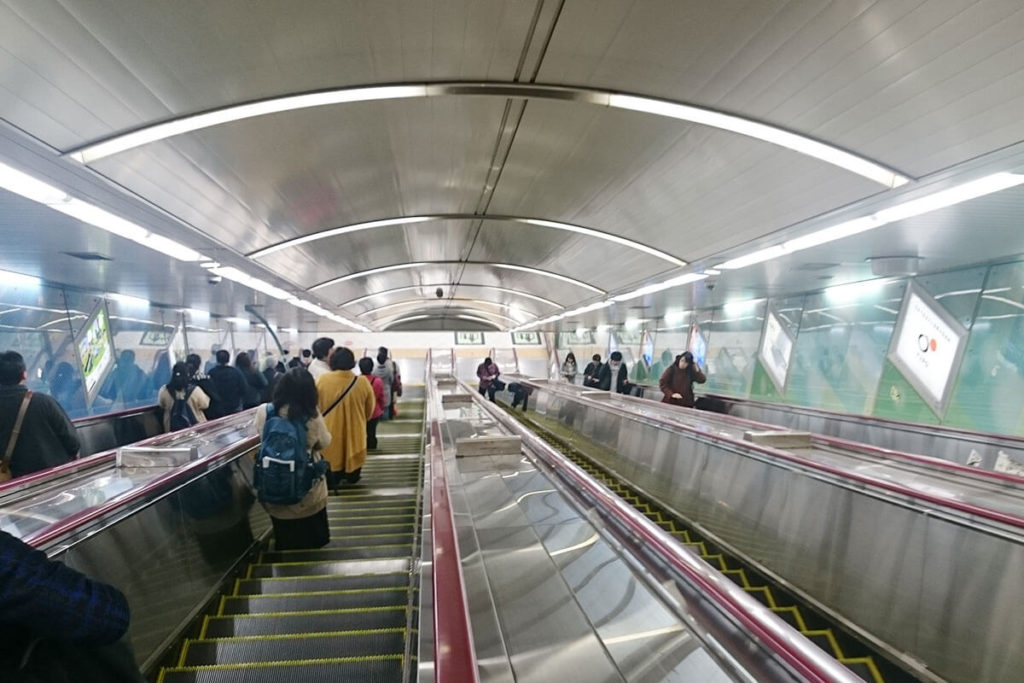
On the other hand, it is said that in Tokyo, there are no specific announcements or rules regarding escalator riding, and standing on the left side has naturally become the norm.
In Japan, it was originally natural to stand on the left side, as samurai used to carry their swords on their left, and walking on the left ensured that the swords would not collide with others.
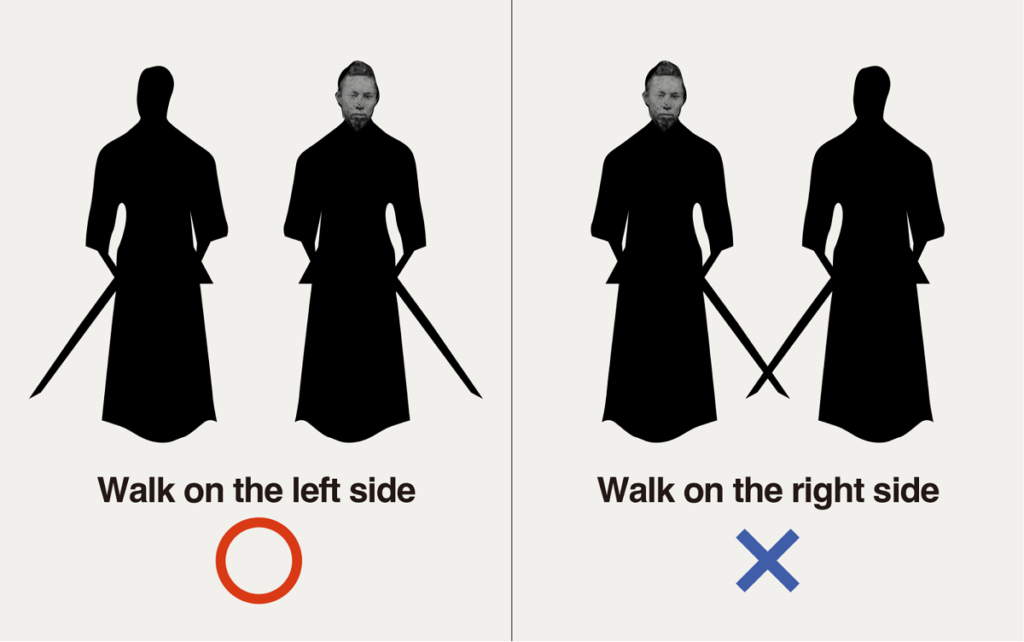
The rules are changing for safety reasons
As such, the unspoken rule of “standing on one side and walking on the other” when riding an escalator has become more widespread.
However, in recent years, various railway companies have started to call for “standing while riding” in order to prevent accidents such as falls. In Saitama Prefecture and Nagoya City, Aichi Prefecture, regulations have even been established to require passengers to stand while riding the escalator.
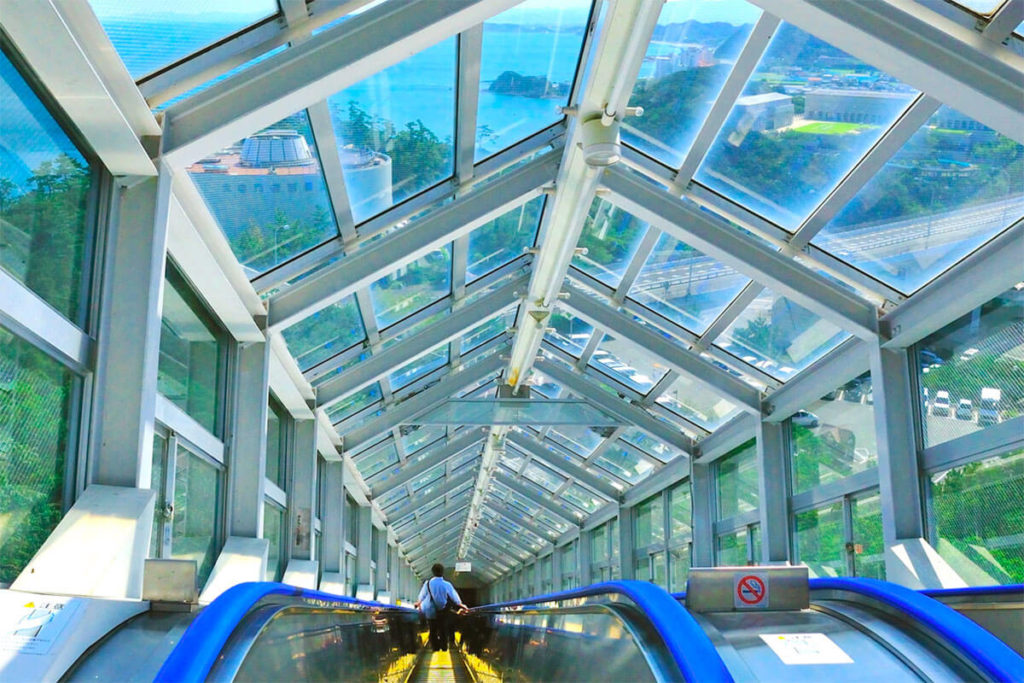
It’s always best to ride any escalator safely and carefully.
Japan’s escalator-riding customs can be complicated due to regional differences. However, if you’re unsure whether to stand on the right or left side, it’s best to follow the person in front of you.
I’m a freelance editor and director based in Tokushima, Shikoku.
Travel is my passion.I love the time when the extraordinary life of a traveler and the everyday life of the people who live there intersect.
I mainly would like to share with you the lifestyle of the people of Shikoku and the sights to see.





 HTJ has a YouTube page! Check it out
HTJ has a YouTube page! Check it out